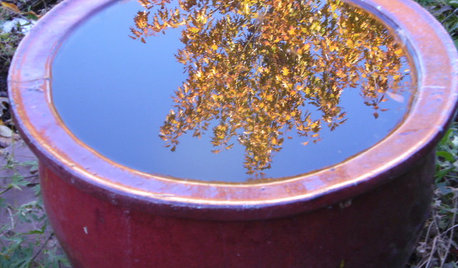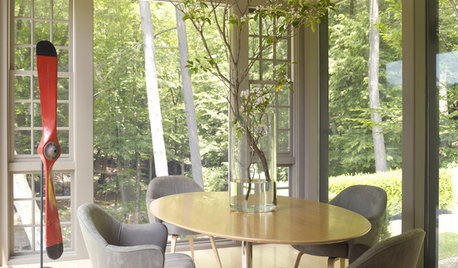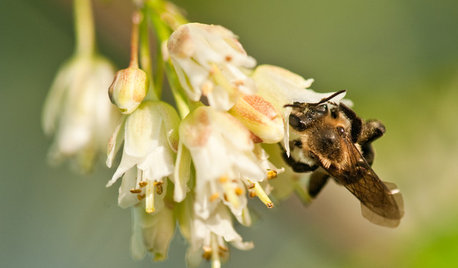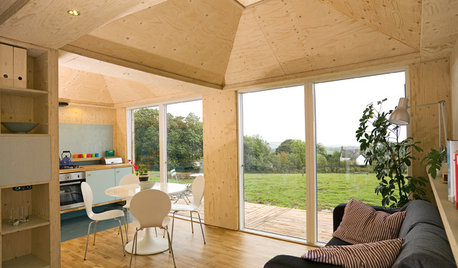blackberry lateral branches
veeta
13 years ago
Featured Answer
Sort by:Oldest
Comments (38)
larry_gene
13 years agoRelated Discussions
Blackberry branch fading
Comments (3)Yes if crown bores it be hold cane are hold plant dieing are suffering from feeding on crown are roots the link below will help to tell difference from cane and crown insect the scouting the plants very important to determine the one you have once cane has problem all can do use as scouting tool and after that destroy it. Control come after the insect is known. If can move around in link there a lot info there raspberry insects some of them get on blackberries as well. Here is a link that might be useful: cane and crown insects...See MoreNew meyer lemon tree only has lateral branches
Comments (14)Yeah that's about the right price for the W&N citrus trees at Costco. This year, they stopped providing the semi-dwarf -- unless you actually saw some Ashley? I saw less than 5 semi-dwarf orange, the other 100+ were standard (Carrizo). Last year (2009) it was the other way around. However, the lemon did have about 3 different root stocks to choose from. If they keep the contract with Costco, they should be arriving again around March/Apr. If you are OK with keeping multiple trees, I would take Ashleys' advice and buy the additional one with the shape already set. However, I have planted a Robertson Navel tree that looked exactly like the one in the pic and I am finally training it as a central leader. I let the bottom develop it's natural "bushy" look until it was very well established -- it only was about 4 feet tall at 6 yrs old or so. I've seen MANY of these 4W dwarf Orange bushes STAY at that height. The stated 6'x6' on the label is the "full maturity". The dwarf Meyer bushes can stay moderately sized, but the Eureka's and many grapefruits can still get very big when planted in ground. The new trunk I "chose" is starting to really thicken up now and is now above 7 feet tall with just "enough" strong lateral branching. I'll top it there, but the high vigor will try to sprout more branches right at the top. I don't know how long I'll be pinching the new sprouts back for, maybe forever....See MoreHelp me identify leader from lateral branch [citrus, lemon, potted]
Comments (10)[late-spring UPDATE] So, I started fertilising the lemon tree two months ago and it has been receiving a lot of direct sun for a month or so already. The leader branch has put out about 6 new leaves on around 7" of new length. I've been out of the apartment for 6 days traveling and this is what happened: As you can see on the right — a huge water sprout appeared! It has large thorns, a swirly branch and it grew out really fast. I know I should probably prune it, but I'd like to hear it from someone else :) What I'm thinking, actually, is why is that happening? Why are the water sprouts appearing. It seems the lemon is lacking something, or I might be wrong. The big one is not the only one. A couple of smaller ones started growing too: What I'm actually most puzzled about is that the leader branch is not completely upright, it goes a couple degrees to the side (to the left on the next image). The other side being the first water sprout that I pruned in the post above. Also, the one I think is the leader is showing potential new growth but nothing is happening for a while now. Any advice is welcome — I will be brave and prune it wherever it's necessary :)...See MoreWhat to do with a big lateral branch (citrus, lemon, potted)
Comments (2)Hi Steve, thanks for your comment. I posted two identical posts by accident, the other one is here — and I got another comment that says it's a water sprout. If you think that's not right, I'd be glad to hear your thoughts on the other post. Thanks...See Moremisterbaby
13 years agotyler_j
13 years agoveeta
13 years agoErnie
13 years agotcstoehr
13 years agoveeta
13 years agolarry_gene
13 years agotcstoehr
13 years agolarry_gene
13 years agotcstoehr
13 years agolarry_gene
13 years agotcstoehr
13 years agodjofnelson
13 years agolarry_gene
13 years agobarberberryfarm
13 years agolarry_gene
13 years agobarberberryfarm
13 years agolarry_gene
13 years agothepodpiper
13 years agothepodpiper
13 years agotcstoehr
13 years agostrudeldog_gw
13 years agolarry_gene
13 years agosevertki
13 years agotcstoehr
13 years agothepodpiper
13 years agotcstoehr
13 years agolarry_gene
13 years agojolj
13 years agolarry_gene
13 years agothepodpiper
12 years agolarry_gene
12 years agobarberberryfarm
12 years agothepodpiper
12 years agolarry_gene
12 years agobarberberryfarm
12 years ago
Related Stories

GARDENING GUIDESHow to Install a Drip Irrigation System
Save time and water with a drip watering system in your vegetable garden — a little patience now will pay off later
Full Story
EDIBLE GARDENSHow to Grow Your Own Peaches and Nectarines
Make gardening a little sweeter with these juicy fruits, which you can eat after plucking or preserve for later
Full Story
ENTERTAININGHoliday Party Prep: Plan Your Table Settings
Do a dry run with dinnerware, table decorations and the buffet setup now to avoid surprises and stress later
Full Story
GARDENING GUIDESRocky Mountain Gardener's October Checklist
Winterize now to save money and headaches later, but don't forget to savor this month's magic in the garden
Full Story
Bring a Little of Your Garden Inside for Fall
Hold onto some of summer's joys with branches, pots, benches and more
Full Story
GARDENING GUIDESGreat Design Plant: Staphylea Trifolia Shines in the Shade
Plant American bladdernut for 3 seasons of interest: spring flowers and striped brown branches and bladder-like seedpods in fall and winter
Full Story
ARCHITECTUREThe Bay Window Goes Modern
Square tubes, cantilevered cubes, mixed glass ... new plays on bay windows are boldly branching out in modern architecture
Full Story
HOLIDAYSHouzz Call: Show Us Your Christmas Tree!
How lovely are your branches? Post a picture and share your stories
Full Story
HOMES AROUND THE WORLD9 Houses That Show Why Wood Is the Material of the Future
Most people may associate wood with traditional homes, but in these innovative, modern structures, its uses are really branching out
Full Story
FURNITUREModern Icons: Vernor Panton's Cone Chairs
Have a heart — or even two or three. With these whimsical and attention-snagging seats, it just might be the more, the merrier
Full Story



misterbaby